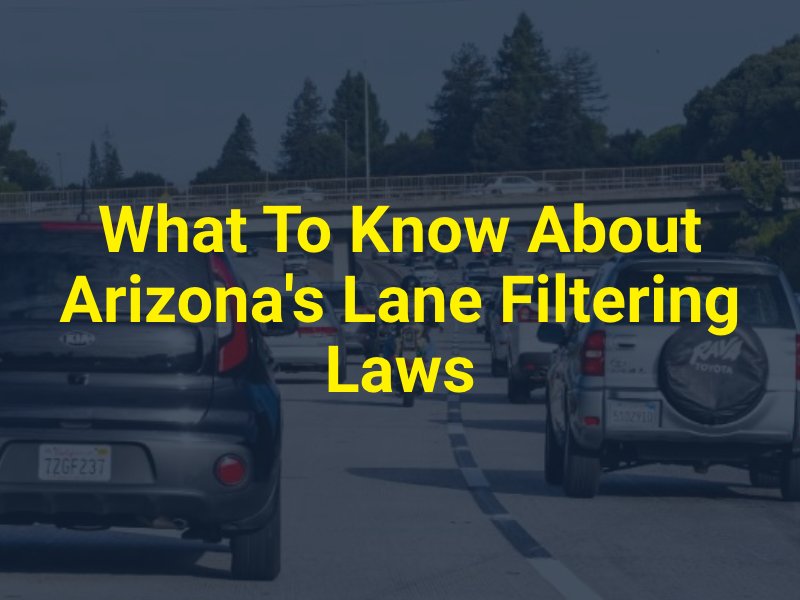Traffic congestion during peak hours is a daily reality for most motorists on America’s highways. Motorcyclists are no exception, and they have devised a technique to avoid stop-and-go traffic: lane filtering. This technique entails riding between stopped vehicles. Lane filtering has become increasingly common in the US, with several states legalizing it as a way to promote motorcycle safety.

Senate Bill 1273 allows two-wheeled motorcycle riders to overtake other automobiles in the same lane of travel if:
Lane filtering helps motorcyclists avoid stop-and-go traffic, which can cause fatigue and stress, leading to accidents. The constant braking and clutching of the motorcycle can wear out the rider, and the rider may become less alert with time.
Lane filtering can also prevent motorcycles from overheating due to stopped traffic. Motorcycles, unlike cars, depend on the wind to cool off their engines. Stopping for long periods can cause the bike to overheat, leading to damage to the engine.
By lane filtering, the motorcycle gets the necessary air flow, keeping the engine running at optimal temperature. This is especially important in hot states like Arizona, where temperatures in the summer can easily exceed 100°F.
Another advantage of lane filtering is that it can reduce congestion on roads. Motorcycle riders take up less space on the road than cars, and lane filtering can help reduce the number of motorcycles clogging the entire road.
This will prevent motorcyclists from being stuck in traffic, which will provide more road space for emergency vehicles when necessary.
It also helps prevent motorcyclists from getting rear-ended by drivers who aren’t paying attention to the stopped traffic.
Lane filtering is not lane splitting; many riders confuse the two terms. Lane filtering means riding between two lanes of vehicles that are at a standstill or are moving slowly in the same direction. Lane splitting, on the other hand, is when a motorcycle passes between two lanes of vehicles that are moving at a higher speed. Lane splitting is still illegal in Arizona, and the new law does not change that.
It’s important for drivers in cars to become aware of this new law as it can increase the risk of motorcycle accidents. Motorcycles are smaller than cars and can be hard to spot. This means that car drivers must exercise more caution around them to prevent accidents. All drivers should take the following precautions:
It’s important to check your rear-view mirrors to ensure that motorcyclists aren’t approaching. A motorcycle traveling at high speeds can quickly approach a car, and it’s not always easy to hear them coming.
When driving in traffic areas, it’s important to exercise caution when opening car doors. Motorcyclists can pass in between cars and may not see a car door opening until it’s too late. To avoid accidents, be sure to check both ways before opening your car door.
Hand signals are an essential part of riding a motorcycle. It’s important for car drivers to pay attention to these signals, especially when driving close to motorcyclists. Motorcyclists might use hand signals to indicate that they’re maneuvering or intend to turn. By paying attention to these signals, it’s easier to anticipate the actions of the motorcyclist.
If you were injured in a Phoenix motor vehicle accident and believe you might be entitled to compensation, contact us today to schedule a free consultation.